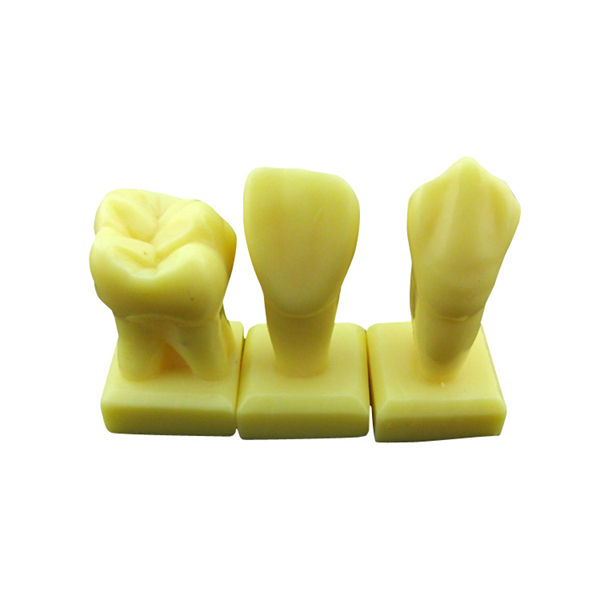.jpg)
VitalPath Medical Equipment

Carved Teeth
In the teaching of oral anatomy, besides the relevant local anatomy of maxillofacial and neck, the teaching of dental surface anatomy occupies a considerable proportion. In this part of teaching, carving teeth is the most important, accounting for 40% ~ 80% of the class hours of oral anatomy.
Carving teeth is a necessary skill for students majoring in stomatology and dentists. By carving teeth, on the one hand, it can train the basic operation skills in the oral process, and on the other hand, it can deepen the understanding of the morphological characteristics of teeth.
Learn The Basics Of Carving Wax Teeth
-
Use wax knife, alcohol lamp and blowtorch correctly
-
Familiar with the properties of material wax
-
Further study the morphological characteristics of each tooth, and deeply understand the relationship among teeth, dentition and occlusion
-
According to the physiological significance of the shape of the tooth crown, the axial protrusion and shape of the tooth crown should be correctly restored, and the occlusal relationship should be restored
-
Recognize lip, cheek, tongue, and abduction Spaces
-
The carved wax teeth should have a good adjacent connection with the adjacent teeth, a coordinated closing curve and a close occlusal contact relationship
The Meaning Of Carving Teeth
Tooth carving technology is one of the important technology of oral medicine, oral medical students after learning tooth anatomy theory courses, they require the actual tooth carving techniques to improve the practice ability, only repeated practice, in order to master the structure and characteristics of the tooth in the mouth, in oral medicine, restoring the tooth the tooth body sculpture is the intention of important technologies,Therefore, strengthening the training of dental carving technology is a necessary measure to train dental professionals
What Is Tooth Carving?
Tooth carving, also called tooth reshaping, is an important practical preclinical carving dental exercise in the dental education curriculum. It's usually used as a cosmetic dentistry technique to remove small amounts of tooth enamel (the outer covering of the tooth) in order to change the shape, length, or surface of one or more teeth. Tooth carving requires enormous time, special skill and manpower to master the skill.





